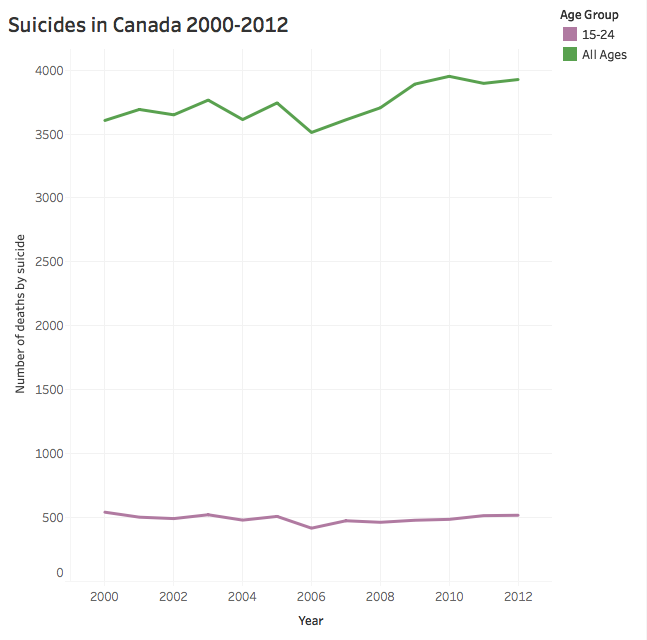When it seems difficult for Ottawa citizens to significantly decrease their waste production, a Gatineau mom has the solution : buy as little wrapping as possible, and a lot of organization.
Jodi Wilson is a stay at home mom and co-owns the soap shop A Dream Lived Greener. She is also “zero waste” : two years ago, she decided that she would drastically reduce her garbage production.
“I just don’t want to contribute to the pollution to sending everything to landfills and the greenhouse gas it generates,” she said.
Wilson buys her groceries in bulk and uses her own reusable bags and jars. She makes her soap, toothpaste and deodorant herself. She washes the family house using only vinegar and baking soda.
A work that requires an important organisation, but it pays off. Wilson estimates that she saves money by buying large quantities in bulk and resisting compulsive buying of goods wrapped in paper and plastic.
But more importantly, she realized that her waste of the past month can be contained in a small jar.
“It’s really good to see,” she said. Being zero waste made her realized how much waste she produced before, and how much goods are packaged in plastic in the supermarkets.
In comparison, an Ottawa citizen produces 30kg of waste per month (360kg a year), according to the City of Ottawa 2011 waste plan data.
Wilson’s radical lifestyle transformation is not representative of the general trend that applies to the population of Ottawa.
Over the past five years, the waste generation remained stable, while the population is expected to increase, a study of the open data from the City of Ottawa website shows.
This should not be enough to avoid the implementation of a new landfill in Ottawa. Indeed, the Trail Road landfill is schedule to close in 2044, and the closure deadline depends on the amount of waste produced each year by households and companies.
The City has not come up with a solution on the matter and declined to comment on the subject.
In the meantime, the accent was put on waste diversion to resolve Ottawa’s waste problem.
“The more we can divert, the better,” said Mayor Jim Watson after the waste management company Plasco went bankrupt two years ago. “It’s in our collective interest and the fiscally responsible thing to do to continue to put as much as we can in the blue, black and green bins.”
The introduction of the green bin program in 2010 permitted to divert a great deal of waste from the landfills. But even here, the dynamic is now faltering. In 2014, the waste diversion rate was slightly lower than in 2013.
Note : This graphic shows a decrease in garbage sent to landfills per year after the start of the green bin program in 2010. The organic bin enabled to increase the diversion rates. However, the trend seem to change in 2014, as less people seem to have use their green bin.
Can the situation be solved thanks to changes in lifestyle ? Wilson seems to think so. But she insists that being zero waste requires a lot of organization, especially with children.
“It makes it difficult because you have to go to multiple places to shop,” she said.
For her, it is not necessary to be completely zero waste to help make a change, but participate by doing little things, like refusing disposable bags.
“The more the people do the little things, I think it would change maybe how businesses think and it might make changes in the future,” she said.















